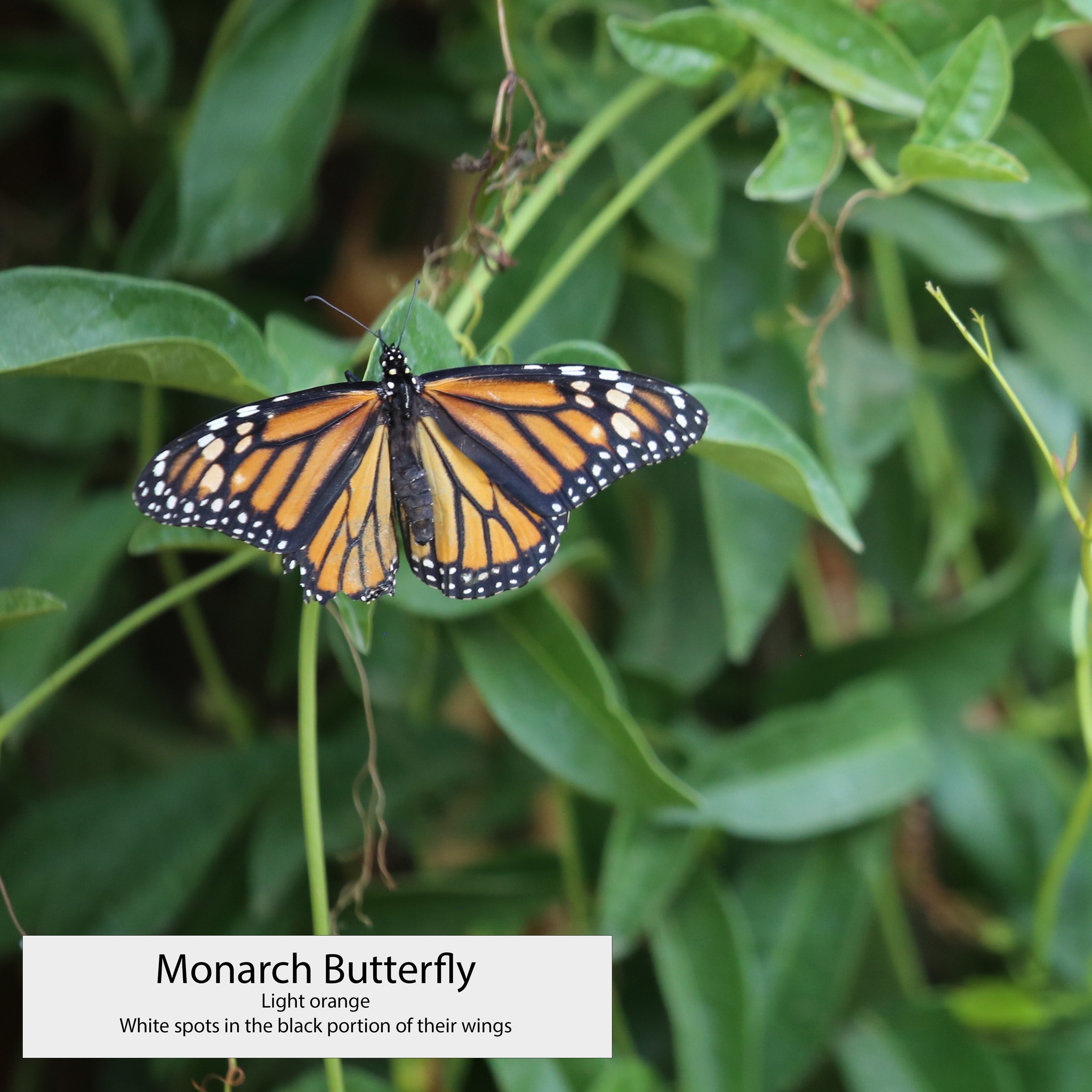Summary:
– The Journey North initiative encourages everyone to become a wildlife warrior and report monarch butterfly sightings to aid researchers in their studies.
– Monarchs and queen butterflies possess subtle differences, particularly in the researchers’ studies of them as distinct and intriguing species.
– By joining this mission, you can contribute to scientific knowledge and engage in a thrilling and informative adventure right in your backyard!
Are you ready to embark on a captivating journey that combines enchantment, discovery, and conservation all in one? If so, grab your binoculars, put on your explorer hat, and prepare to be a wildlife warrior in your backyard! From now until August 6, you can participate in an amazing initiative led by @journeynorthorg. By reporting monarch butterfly sightings in your local community, you can play an essential role in expanding our knowledge and understanding of these magnificent migrating butterflies.
Before you embark on this exciting adventure, let’s dive into the enthralling world of monarch and queen butterflies. Did you know that the key to distinguishing between these two species lies in their unique spots? Yes, it’s true! Let’s unlock the secrets of these fascinating creatures, and you can take this newfound knowledge along on your monitoring escapade.
Monarch Butterflies:
Monarchs are renowned for their dazzling orange wings adorned with black veins and white spots. Here are some captivating facts about these regal butterflies:
1. The monarch butterfly (Danaus plexippus) is celebrated for its impressive annual migration that spans thousands of miles as a journey between their northern breeding grounds and wintering sites in Mexico and California.
2. Monarchs undergo a truly incredible metamorphosis, shifting from a tiny, speckled egg to a majestic caterpillar, eventually transforming into a magnificent butterfly that can live for up to nine months.
3. While many butterflies feed on nectar, monarchs have a unique ability to sip on the toxic milkweed, making them unpalatable to predators and contributing to their striking coloration.
4. One of the most awe-inspiring aspects of monarch butterflies is their ability to navigate using a sun compass and the Earth’s magnetic field—. This stunning feat is still not fully understood by scientists.
Queen Butterflies:
The queen butterfly (Danaus gilippus) shares some similarities with its monarch counterpart yet possesses subtle distinctions. Discover the intriguing facts about these remarkable butterflies:
1. At first glance, queen butterflies may appear similar to monarchs, but keen observers will notice a few key differences. Queens boast larger, rounder wings and a more vibrant pattern, with additional white spots lining the edges of their wings.
2. The queen butterfly’s range extends further into the southern United States, Central America, and South America. However, they do not engage in long-distance migrations like monarchs.
3. Similar to monarchs, queens also can tolerate the toxic compounds found in milkweed plants, which aids in their defense against predators.
By participating in the Be a Wildlife Warrior initiative, you become an important contributor to ongoing research efforts. Your sightings of monarch and queen butterflies offer crucial data for understanding their population size, distribution, and migration patterns. Additionally, your involvement in this mission is a strong testament to your commitment to conservation, raising awareness about the importance of protecting these delicate creatures and their habitats.
So, how can you join in on the excitement? It’s as easy as 1-2-3:
1. Familiarize yourself with the distinctive characteristics of monarch and queen butterflies. Remember, it’s all about the spots!
2. Explore your surroundings, including your backyard, local parks, or nearby nature trails. Keep a keen eye out for these winged wonders and document any sightings.
3. Share your observations with @journeynorthorg or via their website to contribute to the growing knowledge about monarch and queen butterflies.
As you begin your mission, let the anticipation of unexpected encounters fill your heart with excitement. Every sighting is a small victory for science and a reminder of the incredible beauty surrounding us. Enjoy the exploration process, and remember, your efforts make a difference!
So, grab your binoculars, connect with nature, and embark on a voyage of discovery as a true wildlife warrior. Join the @journeynorthorg initiative, make a valuable contribution, and revel in the unique and captivating world of monarch and queen butterflies in your backyard!
Together, let’s protect and appreciate the wonders of nature, one butterfly sighting at a time.
*****
Source Description
Be a wildlife warrior in your backyard, now through August 6, by joining with @journeynorthorg. You can help researchers learn more about these migrating butterflies by reporting monarch sightings in your local community!
Is the difference between monarchs and queen butterflies ill in the spots? Take this with you on your monitoring journey!


